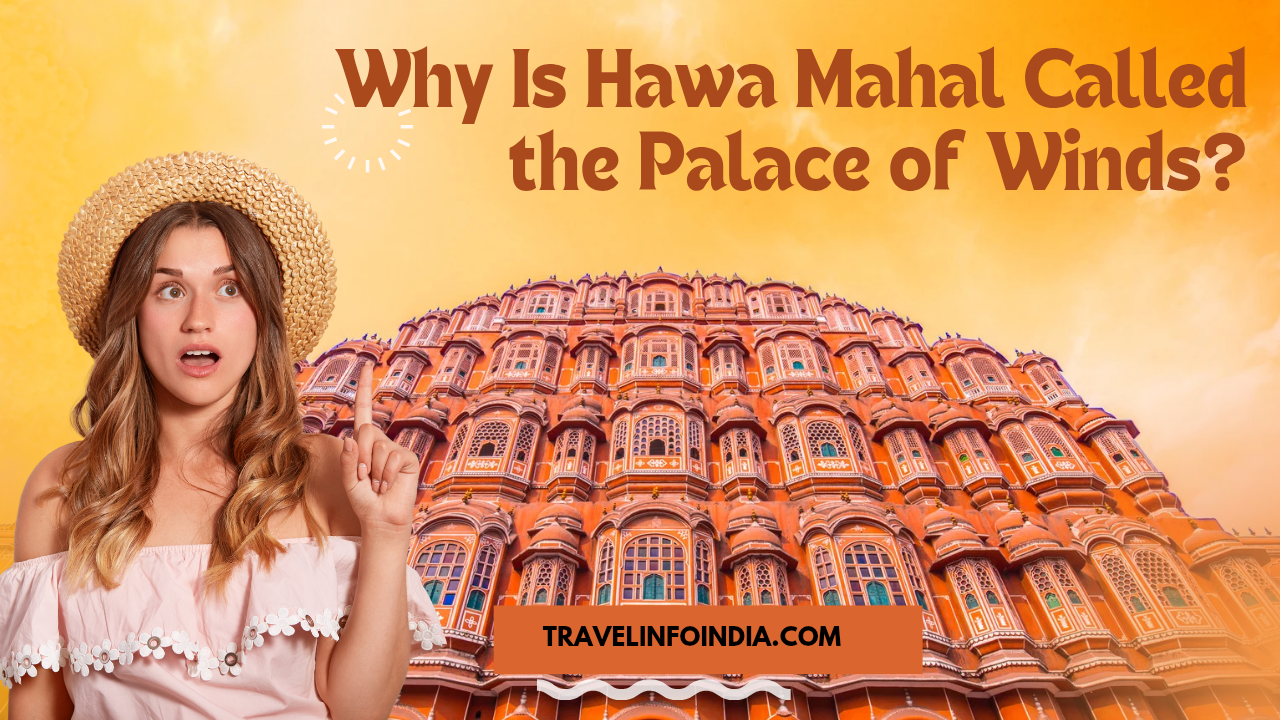Why Is Hawa Mahal Called the Palace of Winds?
Jaipur,is Pink City of Rajasthan, full of architectural marvels, but few are as iconic—or as poetic—as Hawa Mahal, literally the “Palace of Winds.” Built in 1799 by Maharaja Sawai Pratap Singh, this five-storey facade stands at the edge of the City Palace and is more than just a striking photo op. It is a masterpiece of design that blends beauty with function. In this post, let’s explore why Hawa Mahal is called the Palace of Winds, its history, architecture, significance, and what makes its name so fitting.
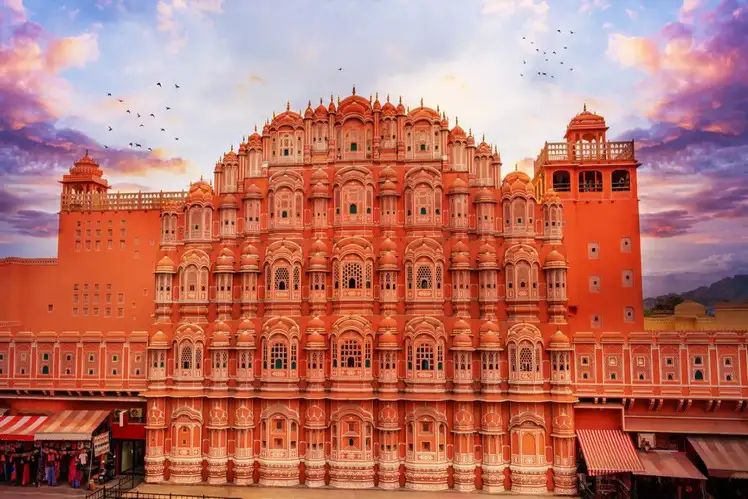
History
Why Is Hawa Mahal Called the Palace of Winds? It’s Built in 1799 by Maharaja Sawai Pratap Singh, the structure was designed by architect Lal Chand Ustad as an extension of the City Palace.
Its primary purpose was to allow the royal ladies of the court, subject to the strict purdah system, to observe the street festivals, processions, and daily life in the bazaars without being seen.
Architectural Features & the Source of the Name
1. 953 Jharokhas (Windows)
One of the most celebrated features of Hawa Mahal is its 953 small windows or jharokhas. These are small screened windows with latticework that create a honeycomb façade. The numerous openings allow air to pass through and help with ventilation.
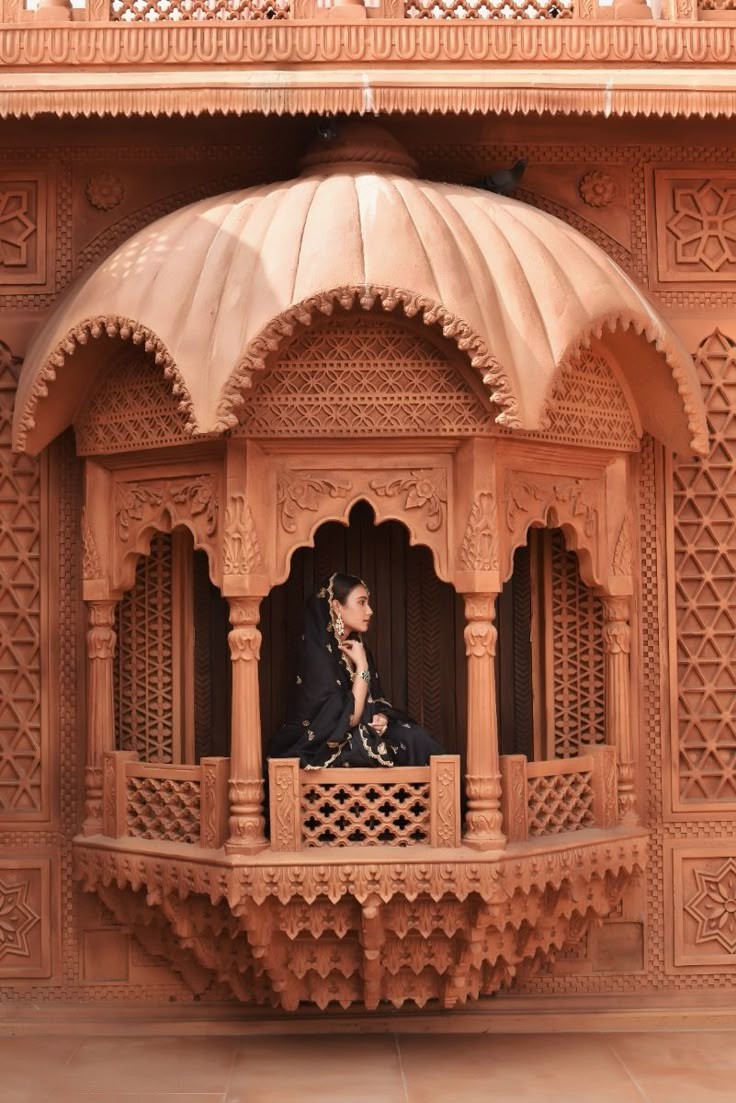
2. Ventilation & Natural Cooling
Because of its many jharokhas, lattice or jaali screens, and shallow depth (many of the upper floors are very narrow), Hawa Mahal functions like a natural air-cooler. The design captures breezes from outside, which flow through the lattice, lowering interior temperatures in Jaipur’s hot climate. This “airflow architecture” is the core reason why it’s called the Palace of Winds.
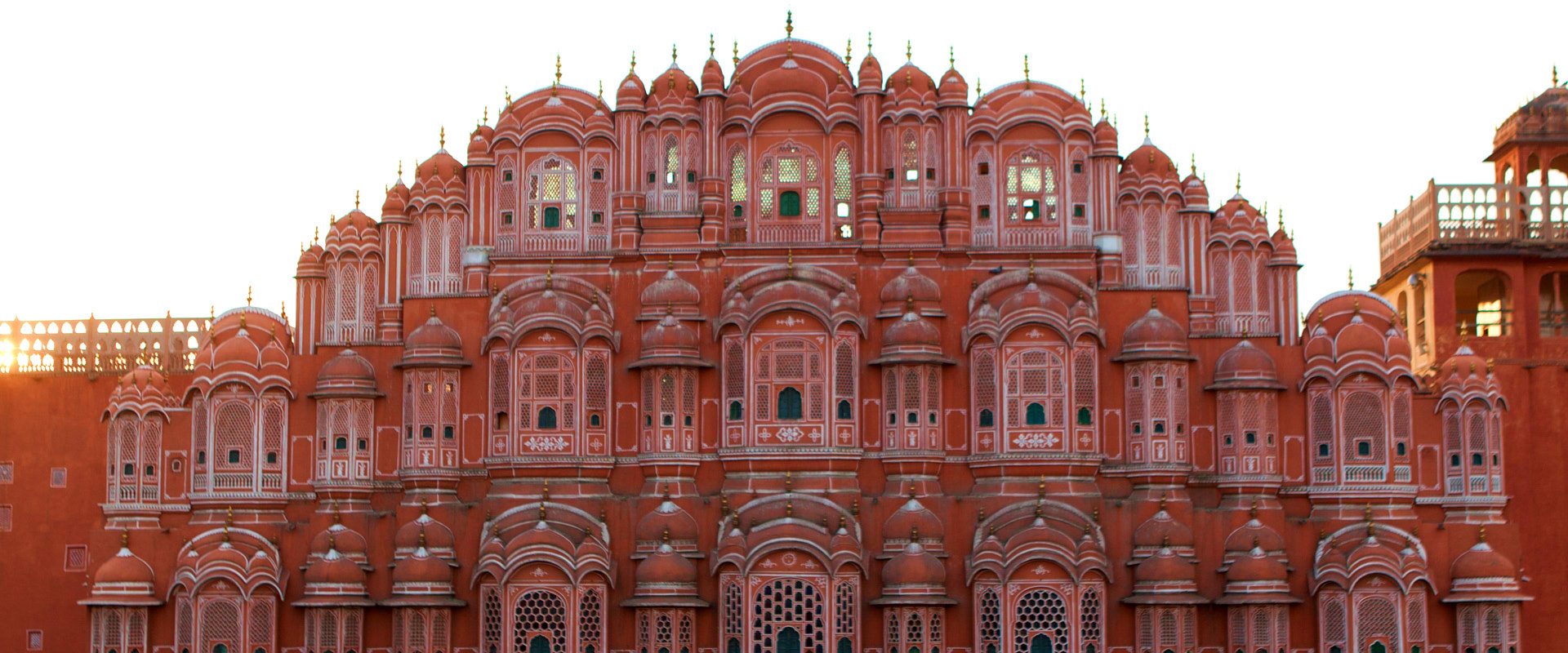
3. Facade Shape & Symbolism
The facade itself resembles a honeycomb or beehive, giving it a visually light, airy aesthetic.
The building is pyramidal, tapering upwards, and is said to resemble the crown of Lord Krishna, reflecting the Maharaja’s devotional bent.
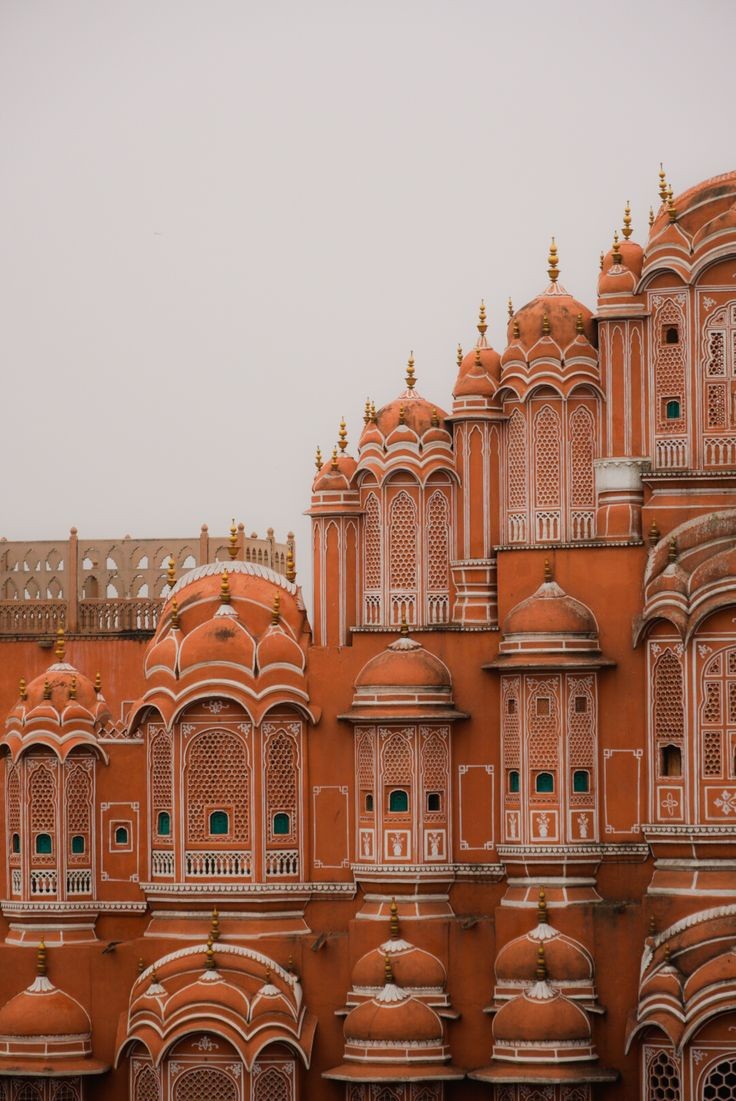
why Hawa Mahal is attractive — here are the main reasons that make it so special and visually appealing:
1. Unique Architecture
The five-storey honeycomb façade with 953 jharokhas (small windows) looks like a delicate screen from afar.
Its symmetry and detailed latticework (jaali) make it one of the most photographed monuments in India.
2. Color & Material
Built from red and pink sandstone, it blends perfectly with Jaipur’s nickname, the Pink City.
In sunlight, especially during sunrise and sunset, the walls glow in shades of pink, orange, and golden.
3. Breezy Design
The constant airflow through the jharokhas makes the place literally feel like the Palace of Winds, adding to its charm and comfort.
4. Cultural & Historical Value
The palace is tied to royal history, the purdah tradition, and devotion to Lord Krishna.
It’s not just a monument but also a story in stone.
5. Photogenic Views
From the street, the façade looks like a giant screen or beehive.
From inside, you get beautiful city views of Jaipur’s bazaars and streets.
best attractions of Hawa Mahal:
- Crown-like design inspired by Lord Krishna’s crown 👑
- Rajput & Mughal fusion architecture 🕌
- Honeycomb-style structure that looks like a beehive
- Street-view charm from Johari Bazaar
- Stained glass windows with colorful light effects
- Romantic pink glow that matches Jaipur’s Pink City view
Why Is Hawa Mahal Called the Palace of Winds?
Hawa Mahal (official site) — Hawa-Mahal.com
Rajasthan Tourism — Hawa Mahal page
OBMS Tourist (Rajasthan Govt) — Hawa Mahal details
Wikipedia — Hawa Mahal article
TripAdvisor — Hawa Mahal reviews & info
Visiting Tips & What to Look for
Check out facade at different times of day—morning and late afternoon light bring out different patterns of shadows and highlights in its lattice design.
Look for the museum inside which holds artifacts and history of Jaipur’s royal family.
Observe the difference in window styles and sizes across floors—upper floors are shallower, lighter, often with more open jaalis.
Don’t miss looking at the facade from the street—it has that striking visual impression of a beehive, almost ephemeral.
Hawa Mahal isn’t just an architectural gem—it’s a clever fusion of form, function, culture, and climate. Its name, Palace of Winds, isn’t poetic fluff—it reflects the brilliant design that breezes naturally flow through its 953 jharokhas, keeping interiors relatively cool, while enabling royal women to witness the city’s life without being seen.
New! Ultimate Mussoorie Travel Guide 2025: Weather, Routes & Must-See Places

